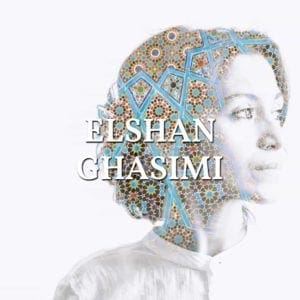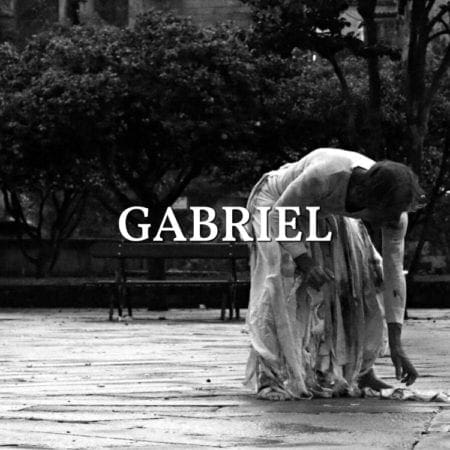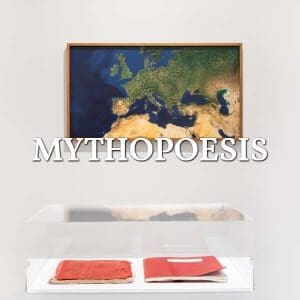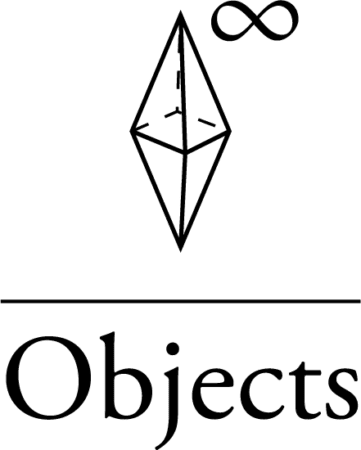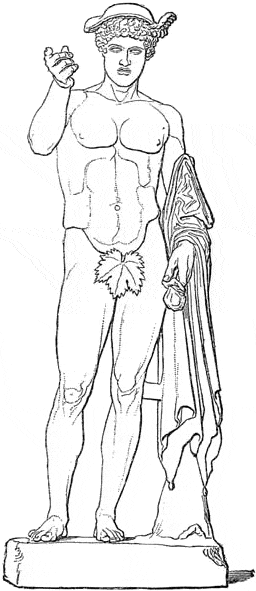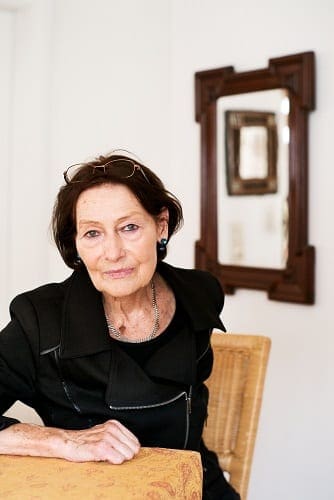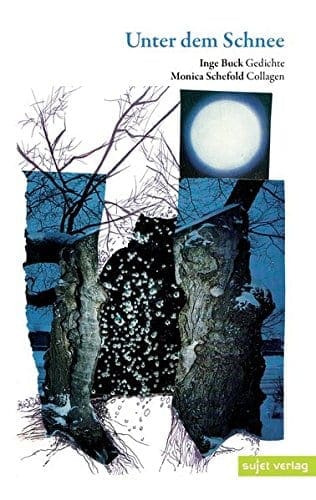
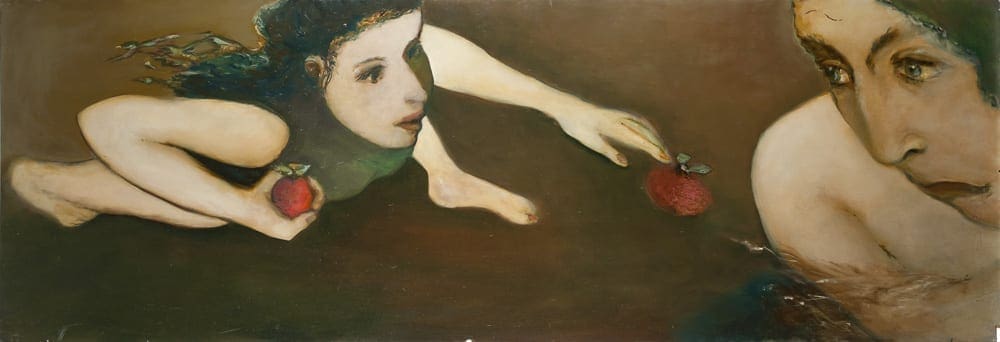

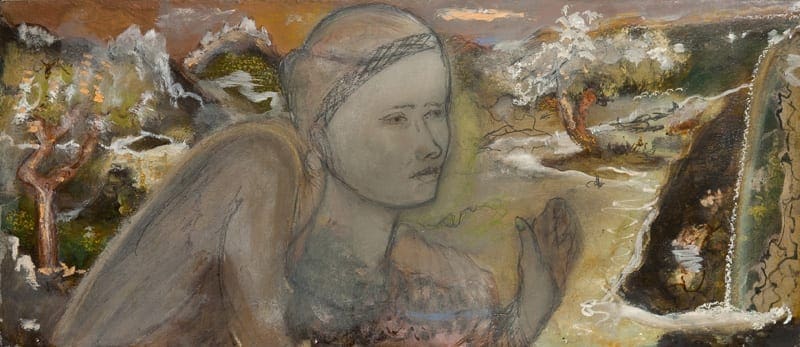


Hilarion Manero
Instead of the usual introduction
„Thanks to the constantly effective miracle assumed by myth, the waking day of a people who are stimulated by myth, as the ancient Greeks were, does indeed resemble dream more than it does the day of a thinker whose mind has been sobered by science. If, one day, any tree may speak as a nymph, or if a god can carry off virgins in the guise of a bull, if the goddess Athene herself is suddenly seen riding on a beautiful chariot in the company of Pisistratus through the market-places of Athens - and that was what the honest Athenian believed - then anything is possible at any time, as it is in dream, and the whole of nature cavorts around men as if it were just a masquerade of the 3 gods who are merely having fun by deceiving men in every shape and form.“
(Friedrich Nietzsche – On Truth and Lies in the Nonmoral Sense, 1873)
This passage from Friedrich Nietzsche's epoch-making short essay Über Wahrheit und Lüge im außermoralischen Sinne (On Truth and Lies in a Nonmoral Sense) of 1873 is intended to serve instead of the usual introduction. Manero consciously and conceptually refuses any kind of fixed definition. "Only the works shall speak for me," he says. Nietzsche here, then, as spectacles of poetic hermeneutics and as an idea from which spirit Manero's work might spring.
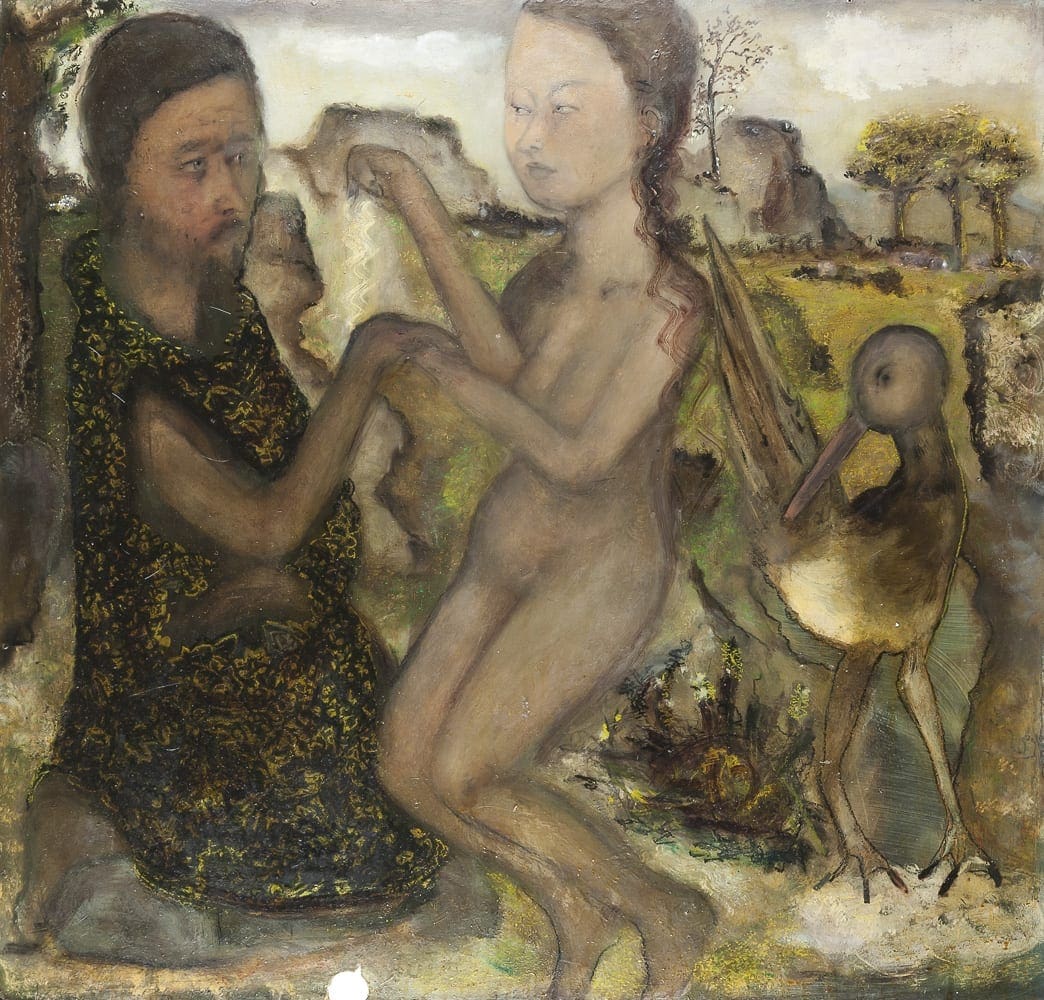
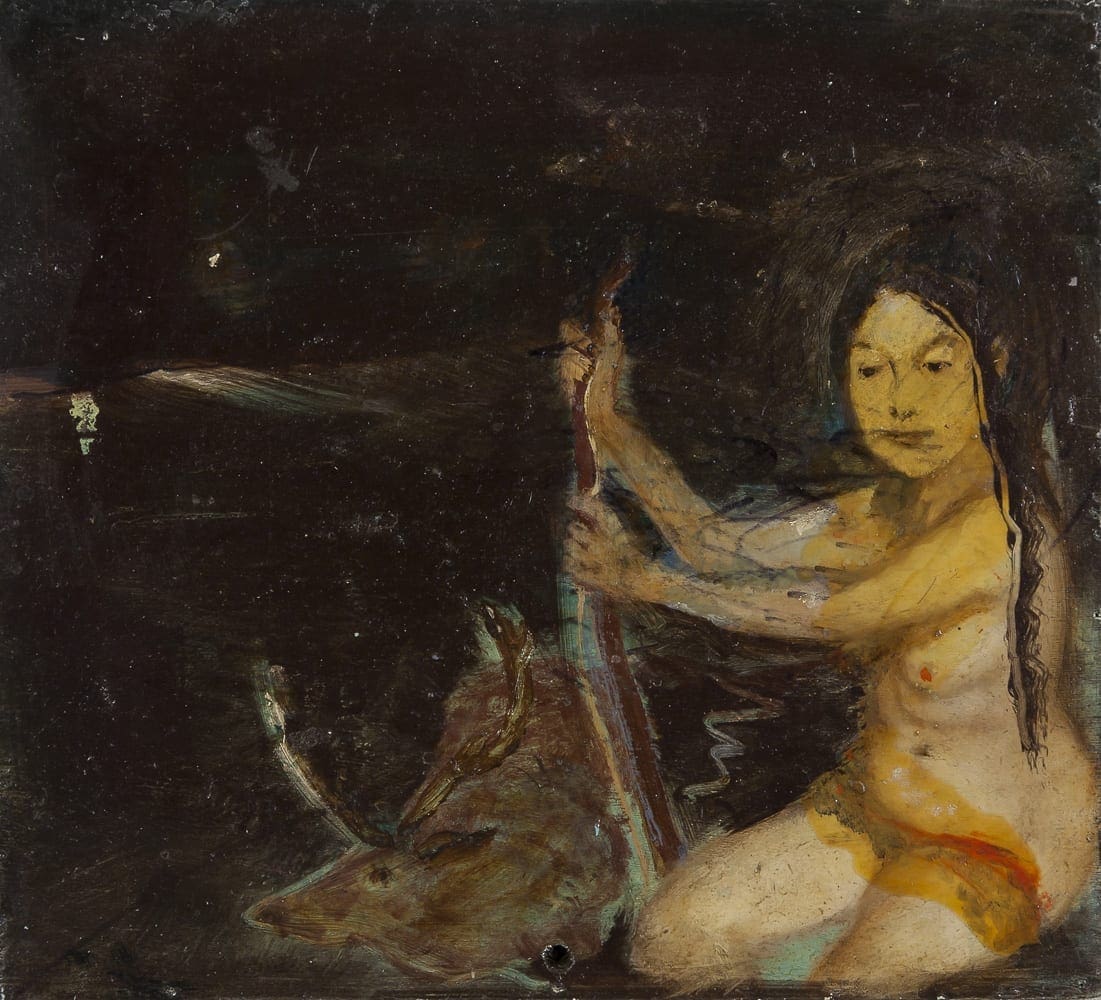
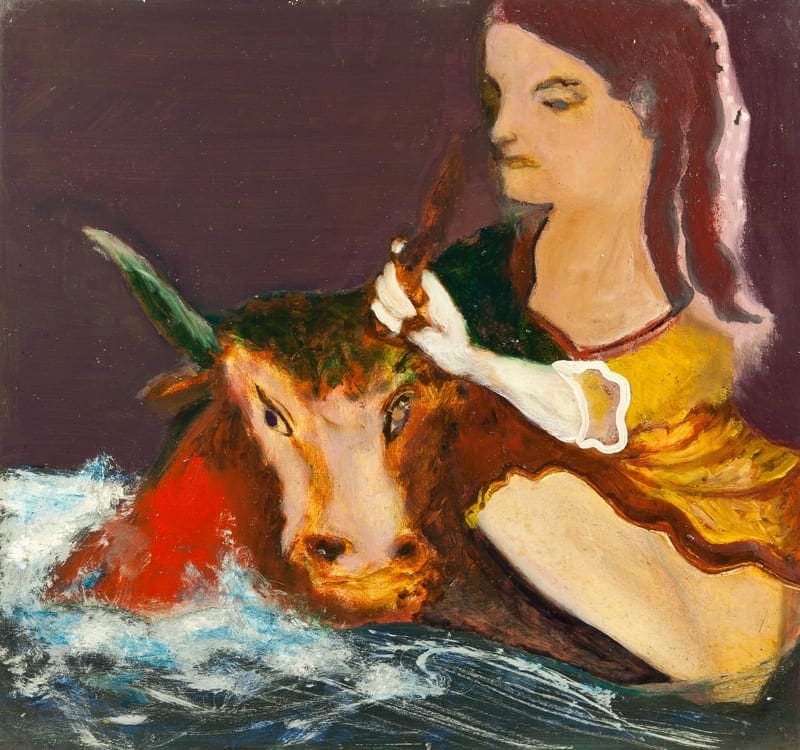
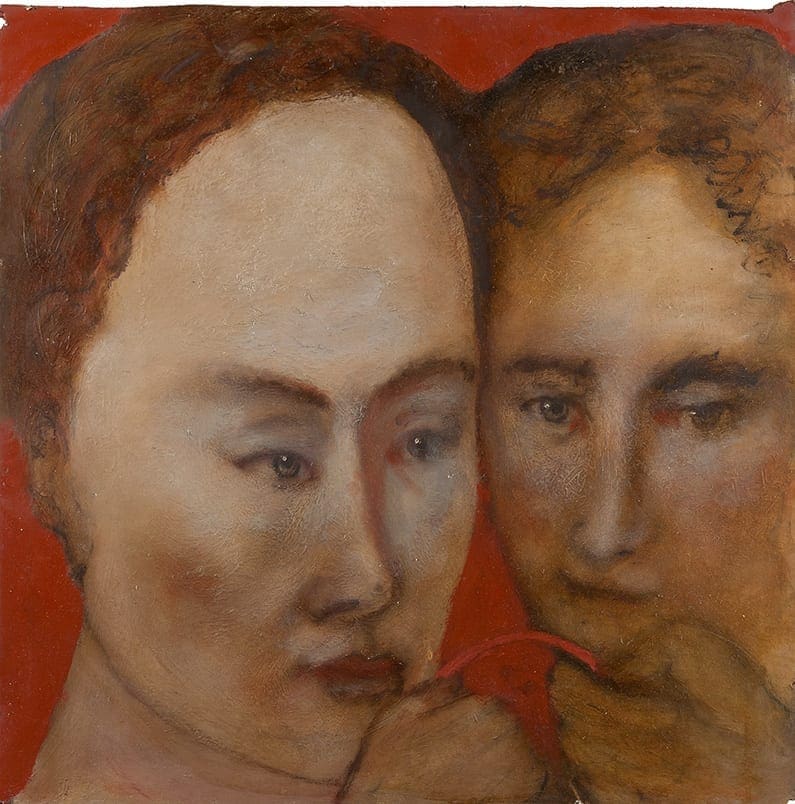
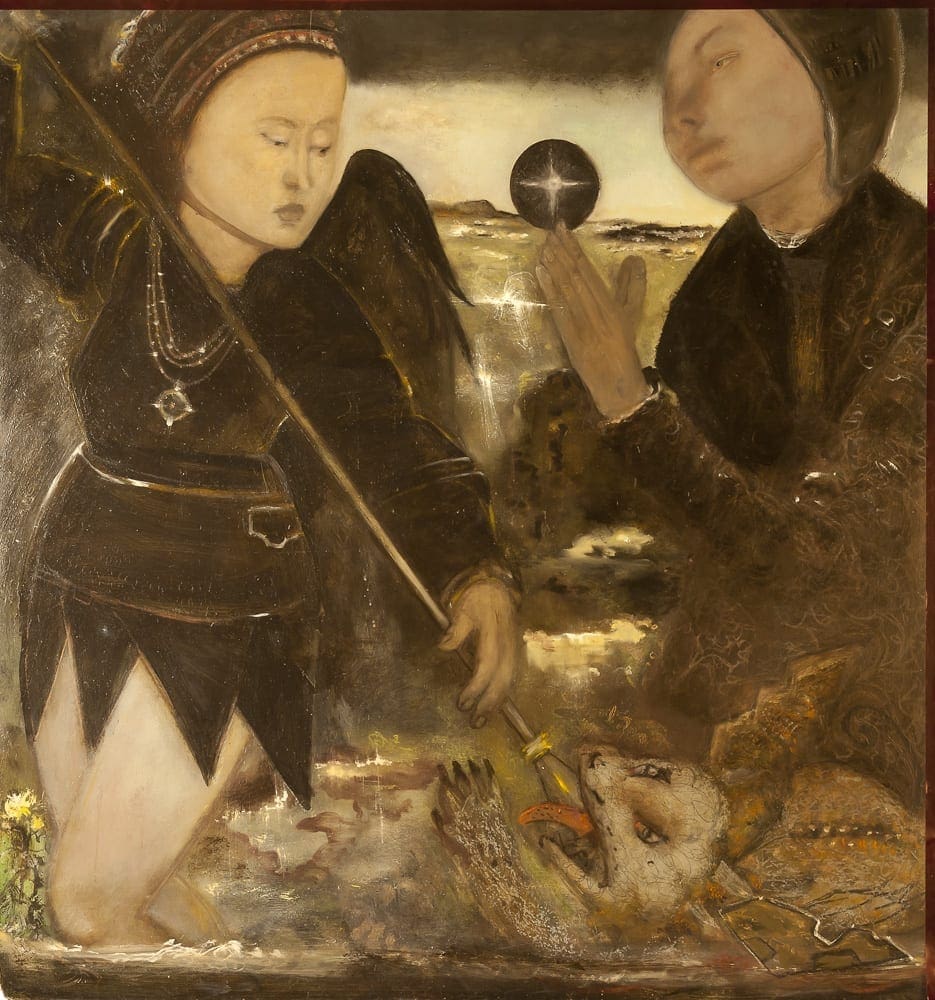
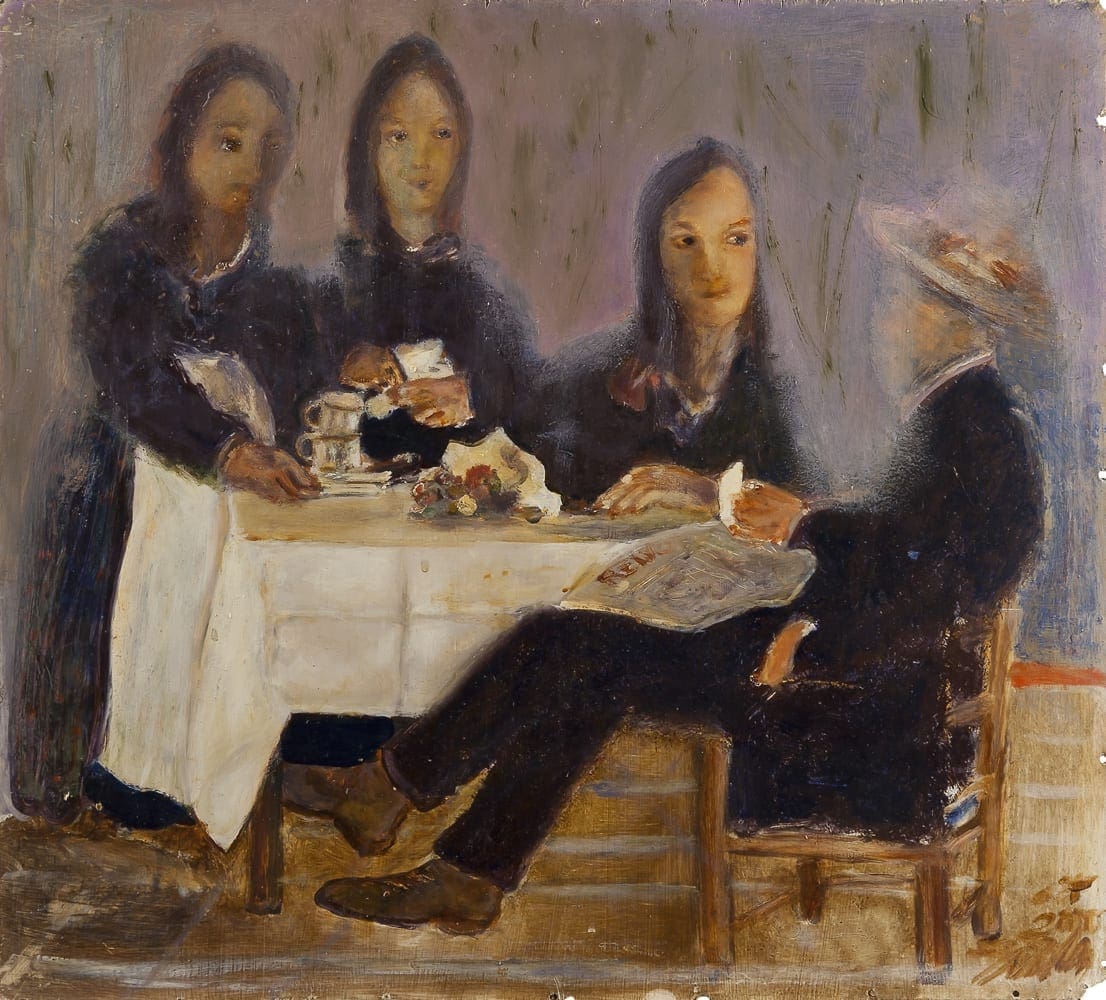
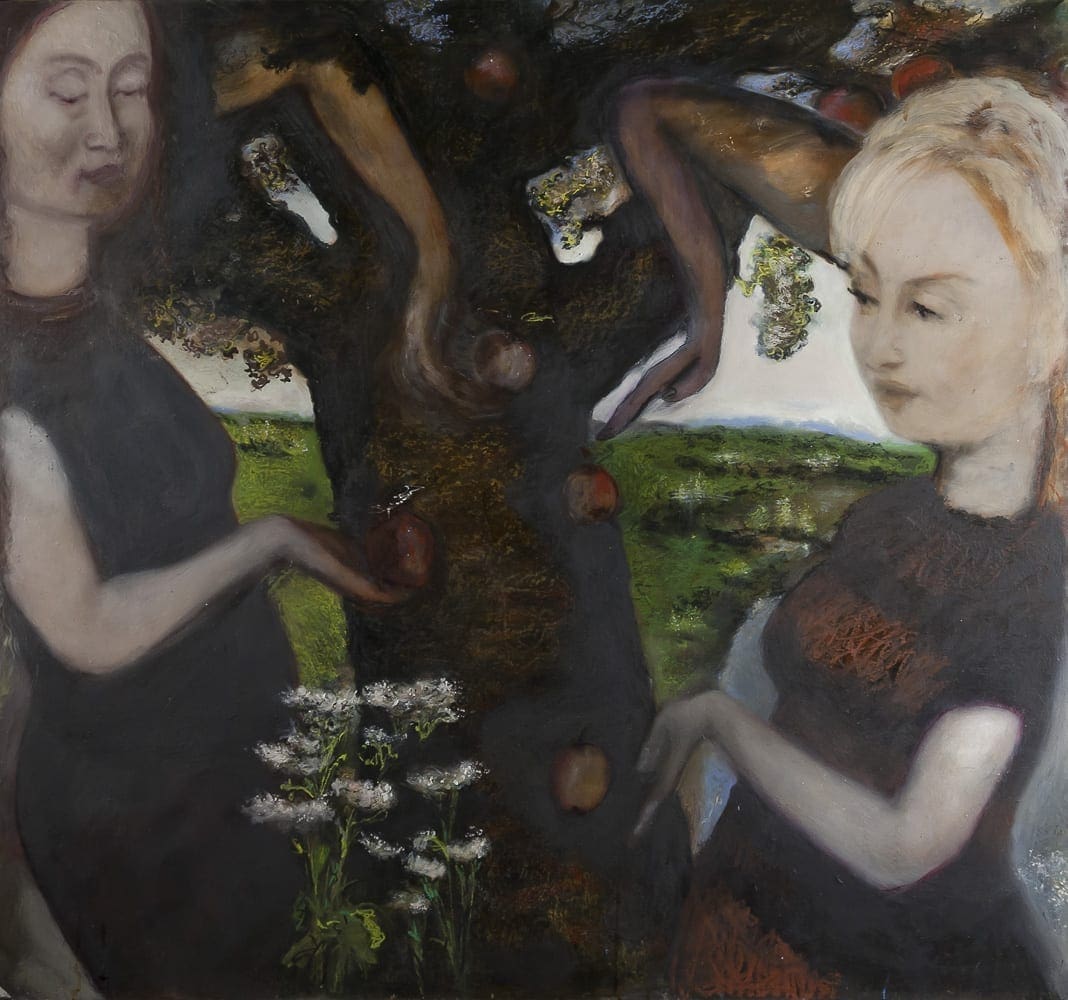




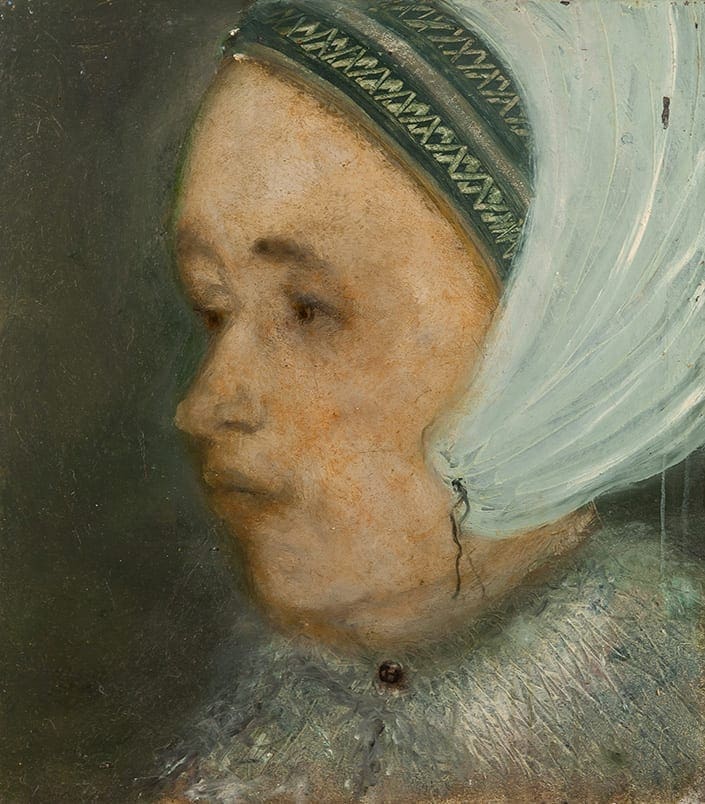

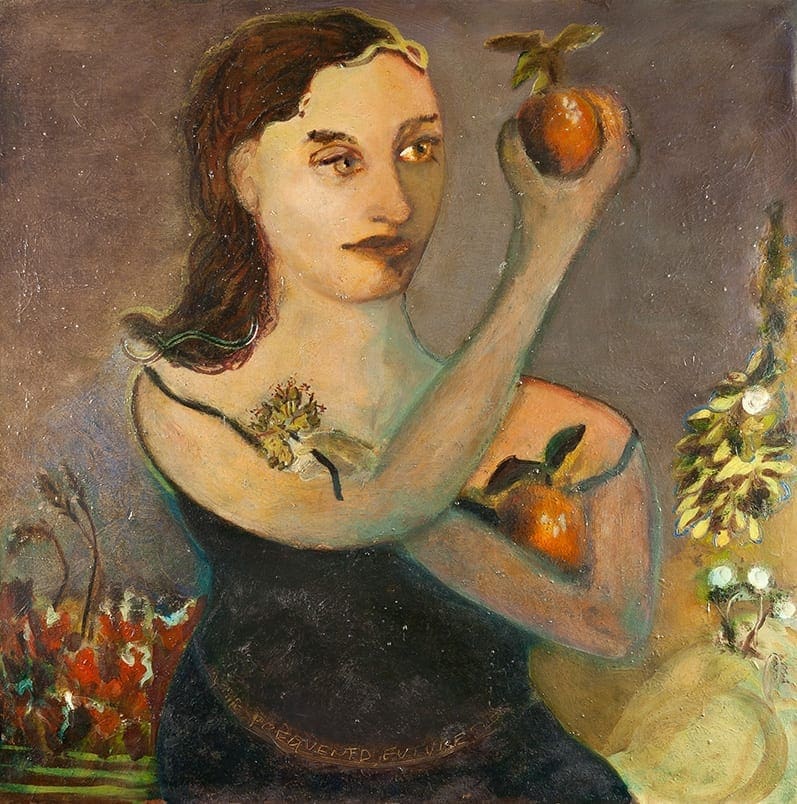

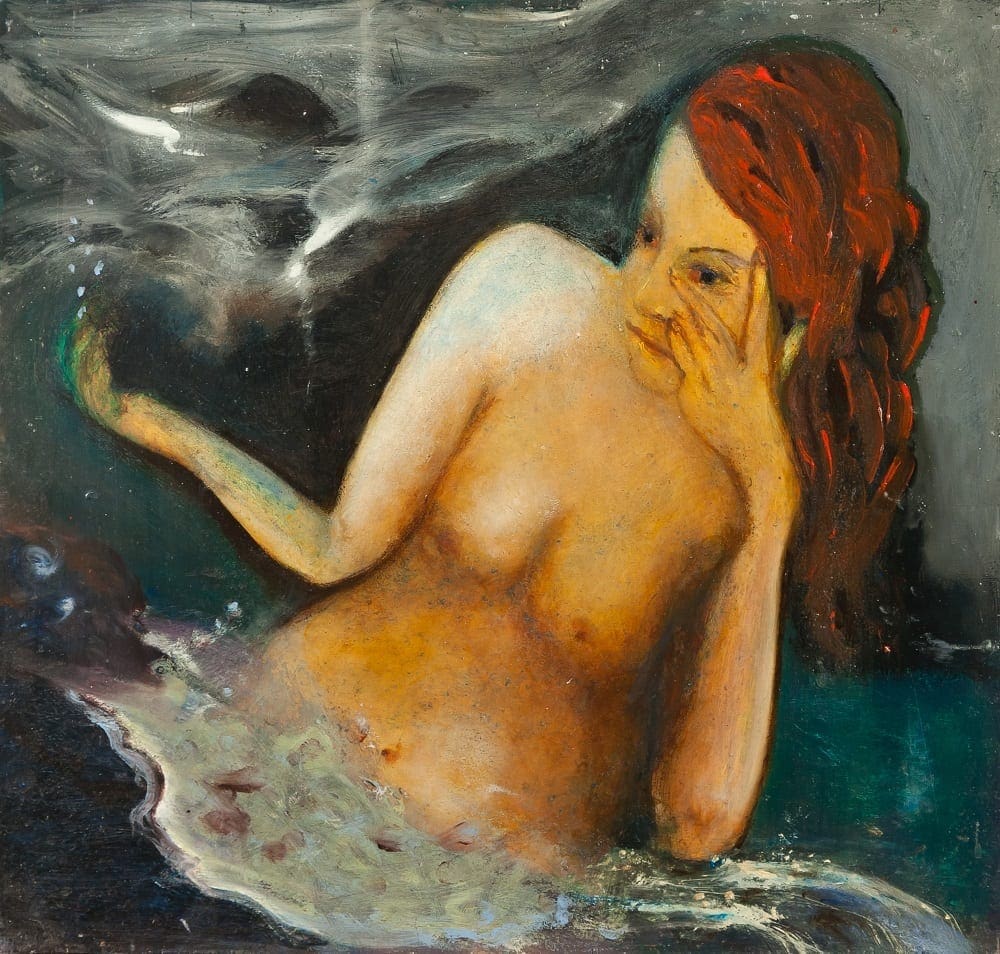
In 2012 Manero had the following pseudo-lexical entry on 'Psychochromaticism' written. The occasion was the exhibition of paintings created between 1998 and 2010. The title of the exhibition was: What is a psychochromatic artist?
Psychochromism (Greek ψυχή, "breath; soul; mind", & χρώμα, "colour"): aesthetic theory of the psycho-emotional effects of colour as well as the act of eliciting feelings using colour in particular with so-called "psychochromatic painting". A pioneer of psychochromatic painting, Hilarion Manero (b. 1957, Argentina) creates tense colour harmonies combining local colours and tone curving with chiaroscuro (light-dark) effects.
Whereas psychology attempts to determine the complex psycho-emotional effects and feeling- values of colour which are dependent upon individual, cultural (↑colour symbolism), and contextual factors (to date this area has been insufficiently researched). Psychochromism, on the other hand, looks at how a colour’s characteristics are expressed and the combinations and harmonies thereof. Psychochromatic theory is related to traditional aesthetics and concerns itself with the psycho- emotional effects of colour in the fine arts. Of primary interest is the individual, partly transcendental, reception of ↑colouring in the observer’s emotional awareness. Of consummate relevance would be Kandinsky’s (1866-1944) remarks in the 20th Century that colour had the power to induce an “inner resonance”. Significant too is the analogy of colours and tones as found in the theories of Aristotle (384 -322 BCE.), G. Zarlino (1570-1590) and I. Newton (1643-1727).
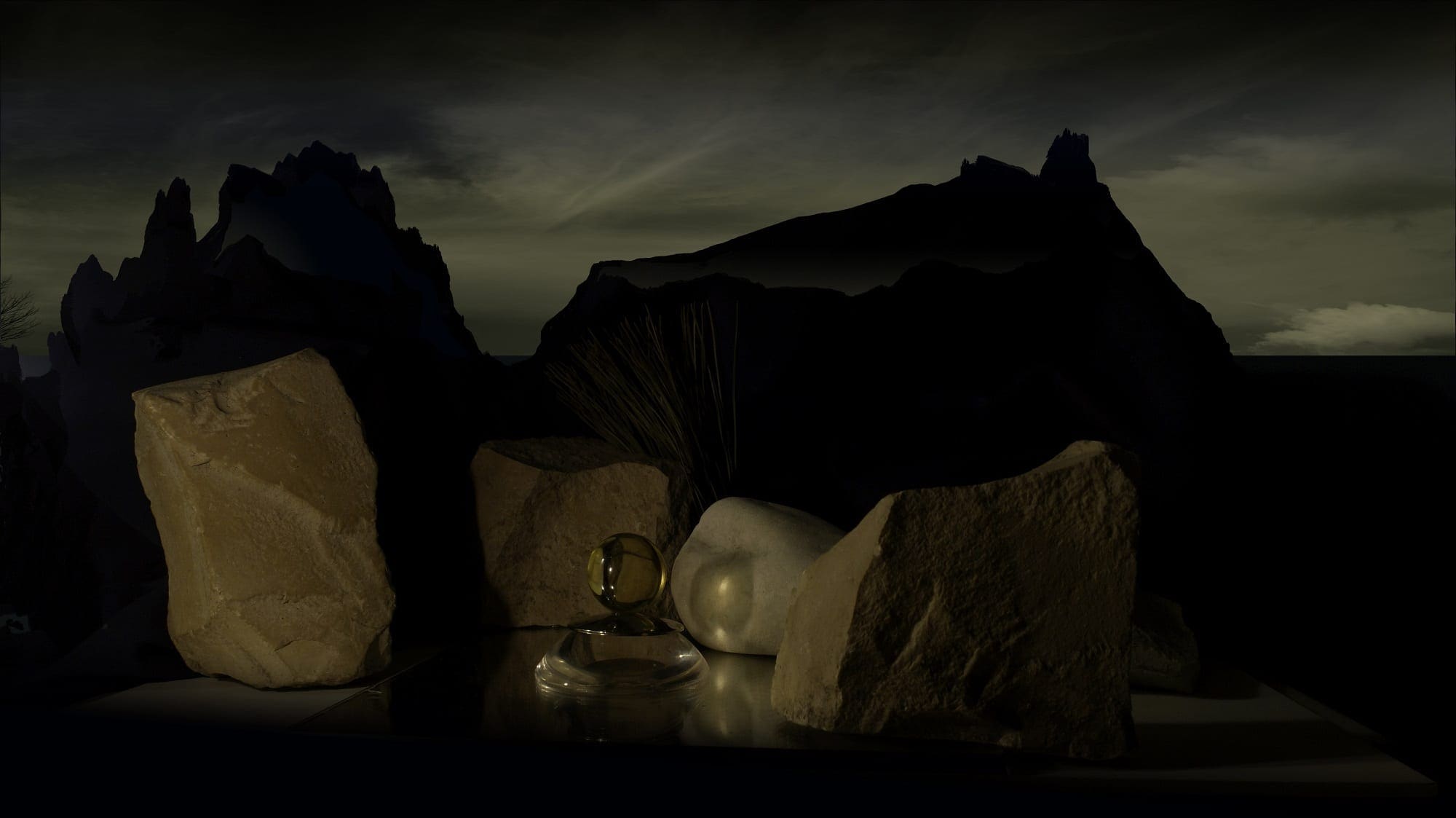

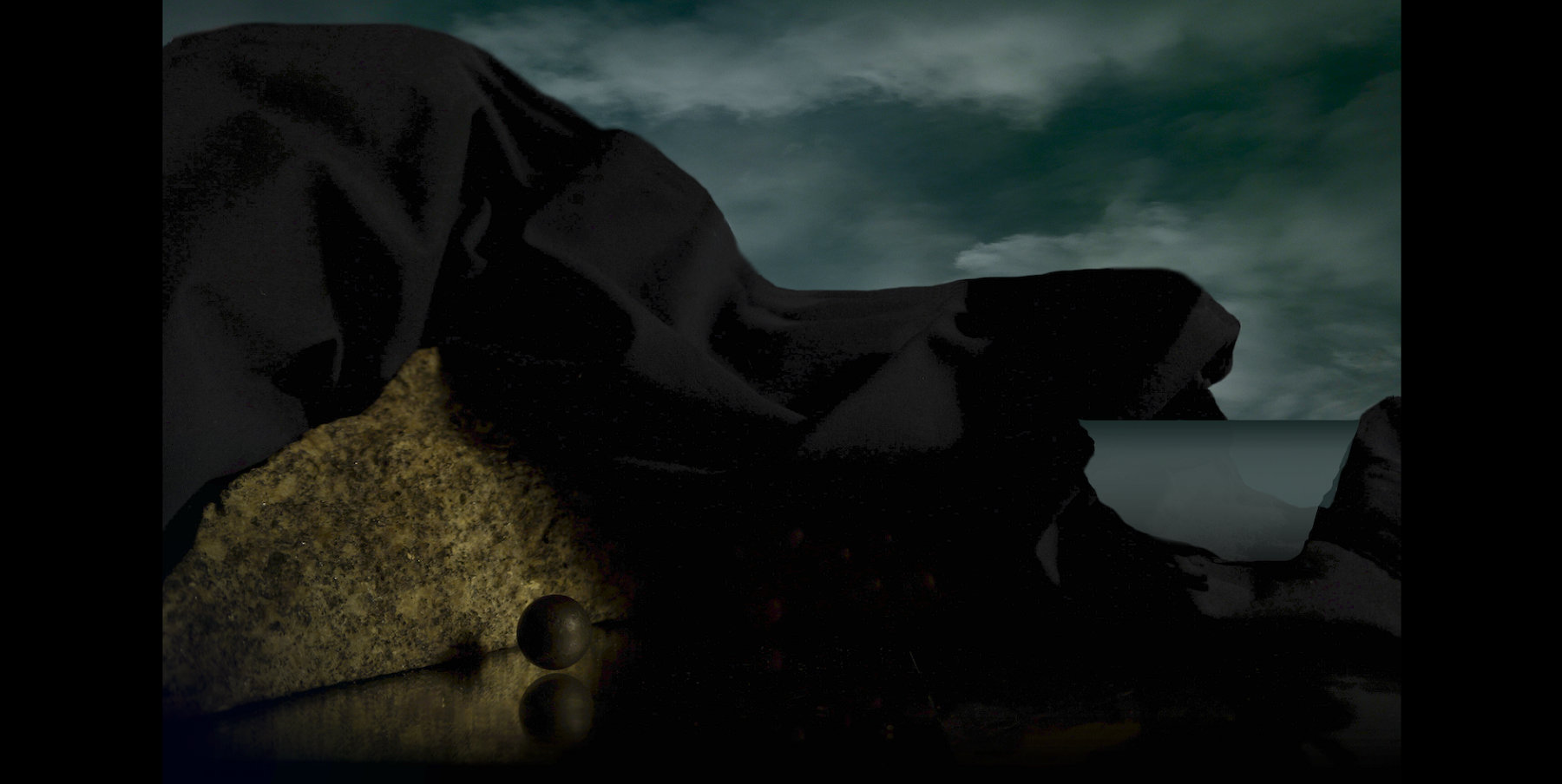
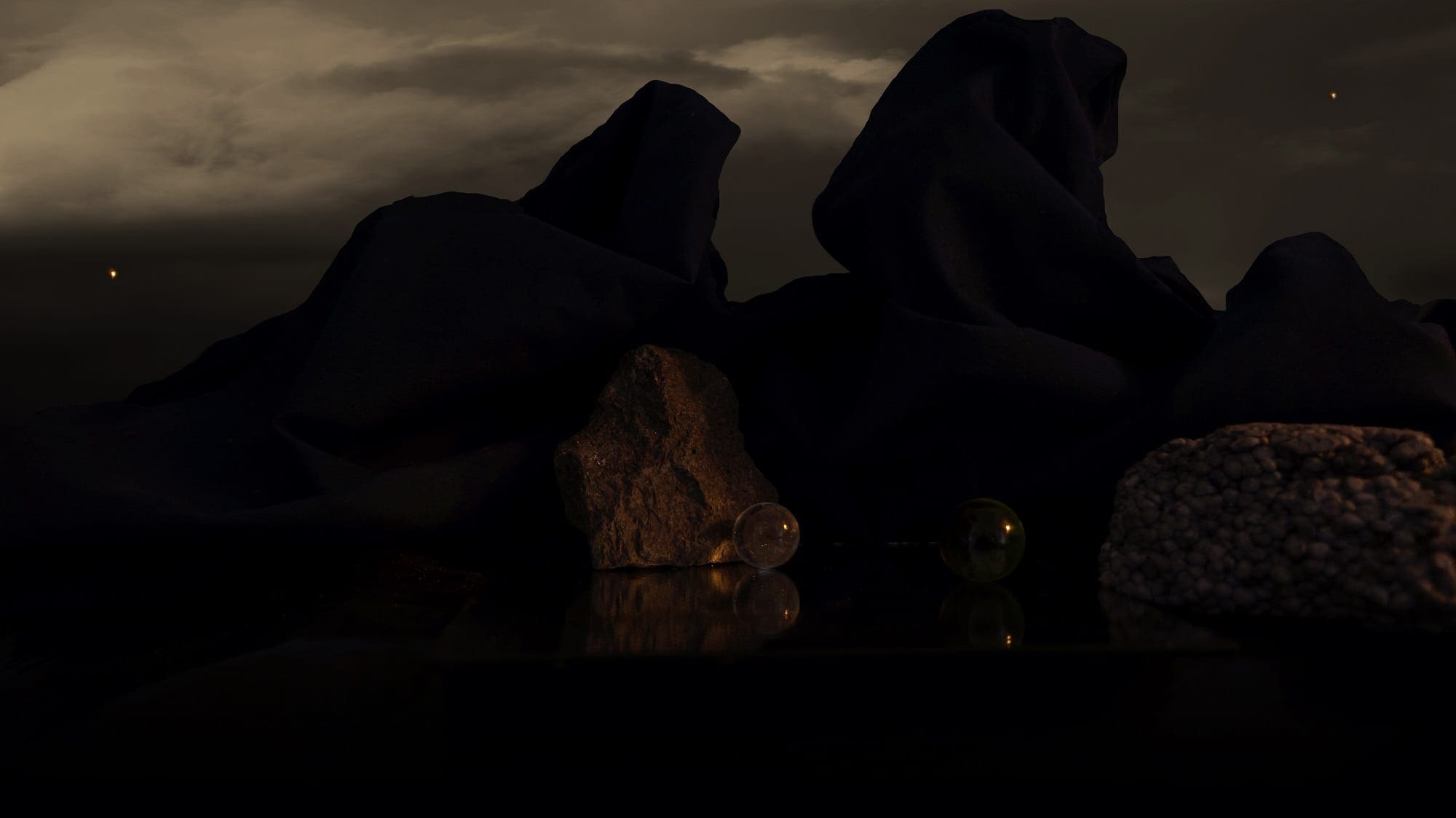
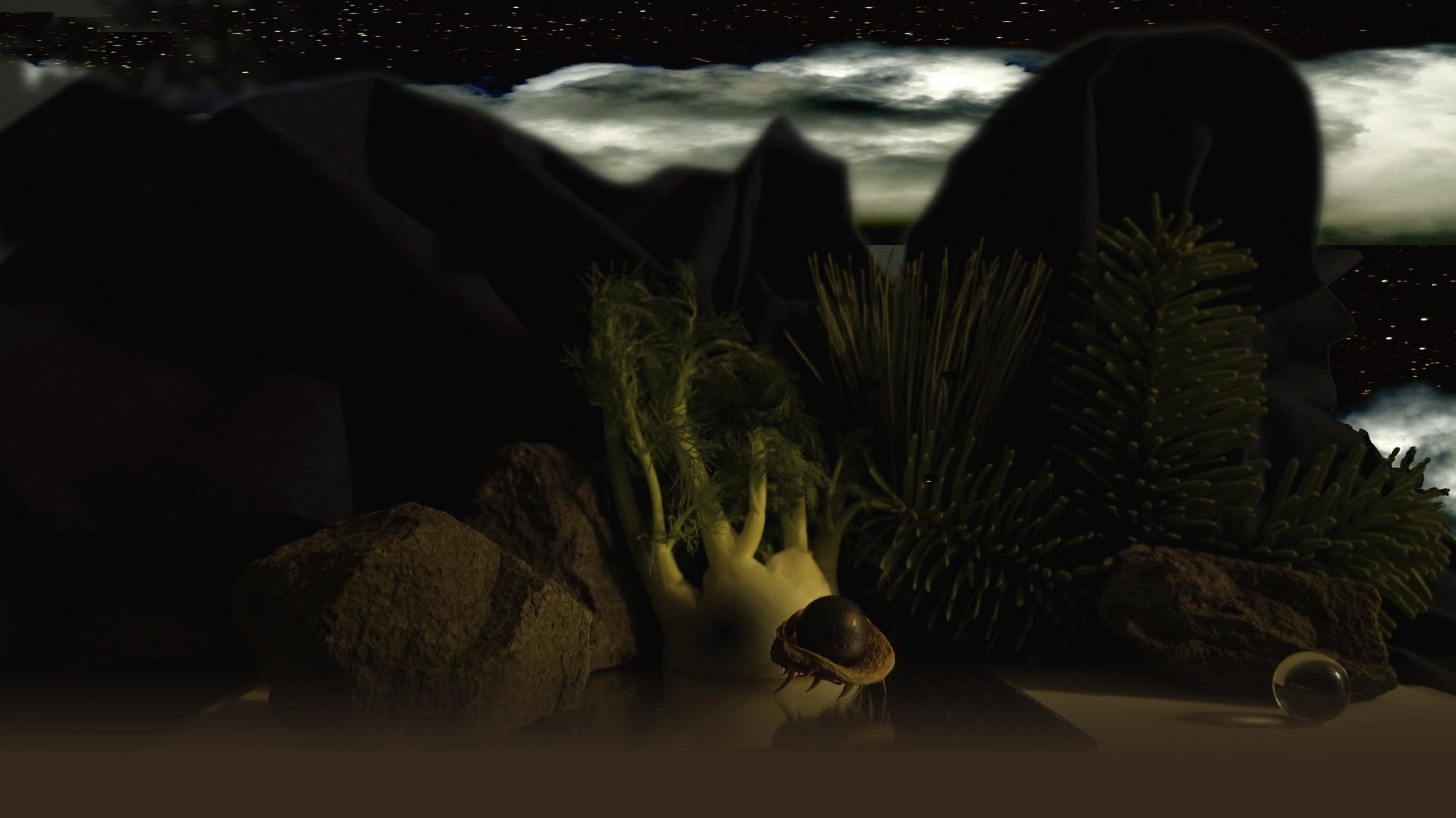

Penthesilea, 186 x 89, 1998

Orion, 86 x 89, 1998
Psychochromatic painting, as practised by Manero, attempts to overcome the traditional dichotomy between form and colour (disegno and colore) as defined by G. Vasari (1511-1574). For Manero et al, the effects of colour can only be defined in the reciprocal interaction between the form and the sujet e.g. Sujets often connect clear colours with soft sfumato.
The playful-naïve manner in which psychochromatic painting incorporates cosmological considerations has its root in traditional colour theories where thinkers such as L.B. Alberti (1404- 1472) et. al, with a nod to the anciens, associated the primary colours (veri colori) with the four elements.
Leading representatives of psychochromatic theory, drawing inspiration from Goethe‘s (*1749- 1832) views on the subject, argue for an incessant struggle between light and darkness which is manifest in the specific characteristics of individual colours. Psychochromatic painting thus draws attention to the the antagonism between light and darkness as a metaphor for clarity and its antonym.

